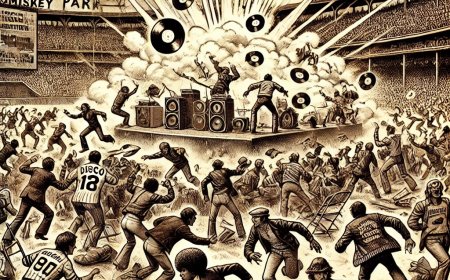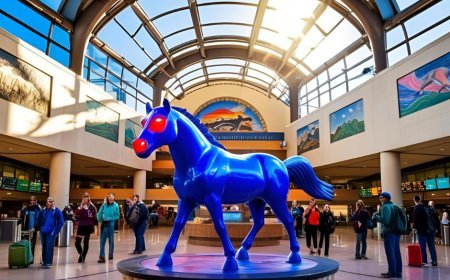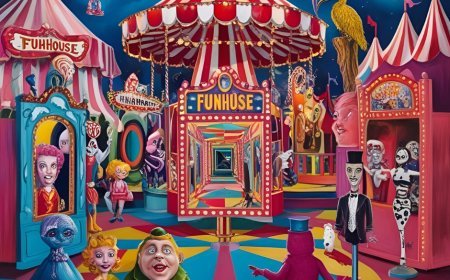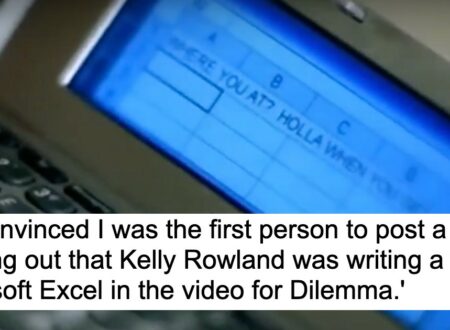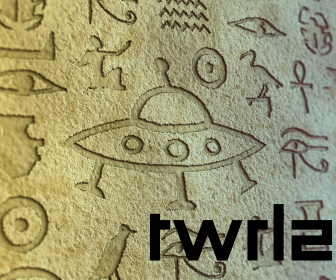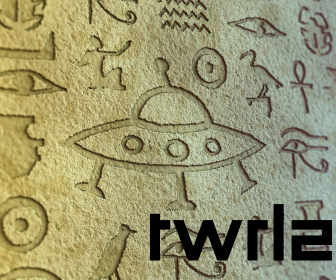666 Cold Medicine
666 cold medicine is no longer available, but it was widely sold and advertised throughout the 20th century. I believe it was only discontinued in the early 21st century. (left) The Progressive Farmer - Jan 1947; (right) image source: Natl Museum of American History How did it get its unusual name? Here's some info from an Oct 1954 article in Sponsor magazine: The cold remedy itself began as a prescription by the late T.S. Roberts, who owned two drugstores in Monticello [Florida] at the turn of the century. As was his custom with the medications he prescribed, he entered it in his private prescription book. The preceding number in the book was #665. The cold remedy naturally became #666. As the popularity of the product spread from Monticello, T.S. Roberts sold his two drug stores, moved to Jacksonville and began manufacturing. He began widening distribution through outdoor advertising, with small cardboard signs aimed at the farm population, and attached to "practically every pine tree in the South." As states began to tax this form of advertising in the early '30s, Monticello switched to newspapers to tell the 666 story. A 1978 painting by Jim Harrison depicting a 666 sign posted on a tree. Source: eBay The medicine's name was said 'Six-sixty-six', not 'six-six-six'. Radio ads for the medicine had the following jingle, sung to the tune of Farmer in the Dell: Six-sixty-six Six-sixty-six Colds make you feel so bad, Take Six-sixty-six Perhaps the Satan-themed name helped make the brand more memorable. At the very least, I haven't come across any evidence of Christian groups objecting to the name. Below is a 666 ad in the North Carolina Christian Advocate (Jan 5, 1956), alongside ads for church windows and furniture.


(left) The Progressive Farmer - Jan 1947; (right) image source: Natl Museum of American History
How did it get its unusual name? Here's some info from an Oct 1954 article in Sponsor magazine:
As the popularity of the product spread from Monticello, T.S. Roberts sold his two drug stores, moved to Jacksonville and began manufacturing. He began widening distribution through outdoor advertising, with small cardboard signs aimed at the farm population, and attached to "practically every pine tree in the South." As states began to tax this form of advertising in the early '30s, Monticello switched to newspapers to tell the 666 story.

A 1978 painting by Jim Harrison depicting a 666 sign posted on a tree. Source: eBay
The medicine's name was said 'Six-sixty-six', not 'six-six-six'. Radio ads for the medicine had the following jingle, sung to the tune of Farmer in the Dell:
Six-sixty-six
Colds make you feel so bad,
Take Six-sixty-six
Perhaps the Satan-themed name helped make the brand more memorable. At the very least, I haven't come across any evidence of Christian groups objecting to the name. Below is a 666 ad in the North Carolina Christian Advocate (Jan 5, 1956), alongside ads for church windows and furniture.

What's Your Reaction?















